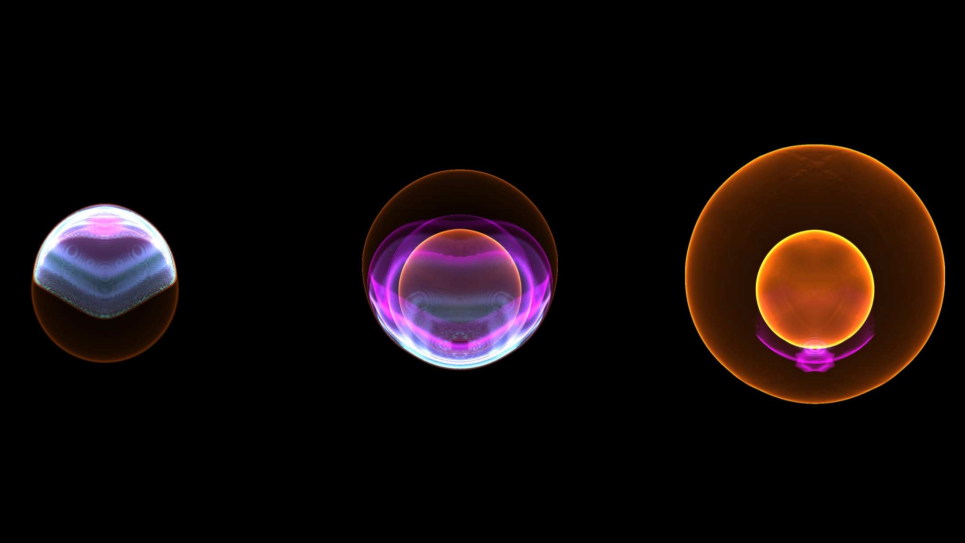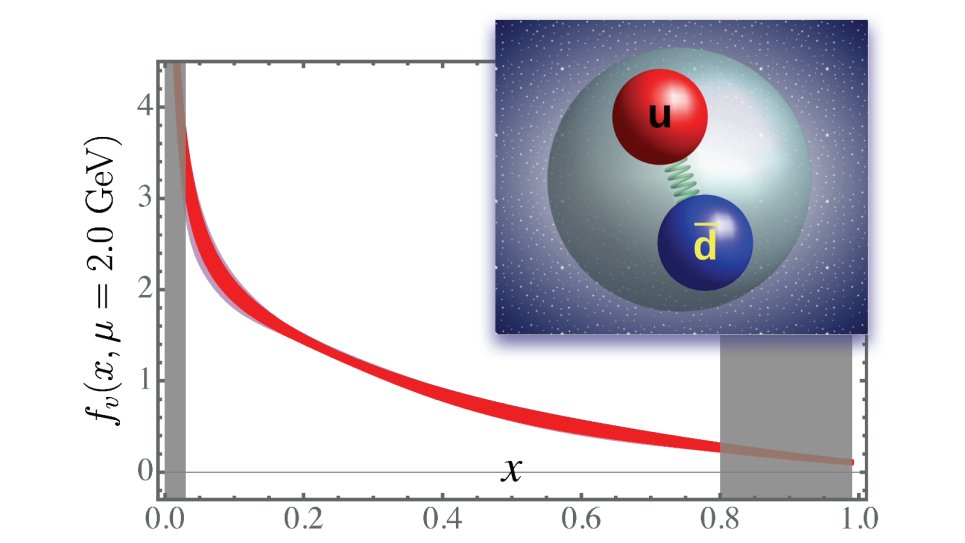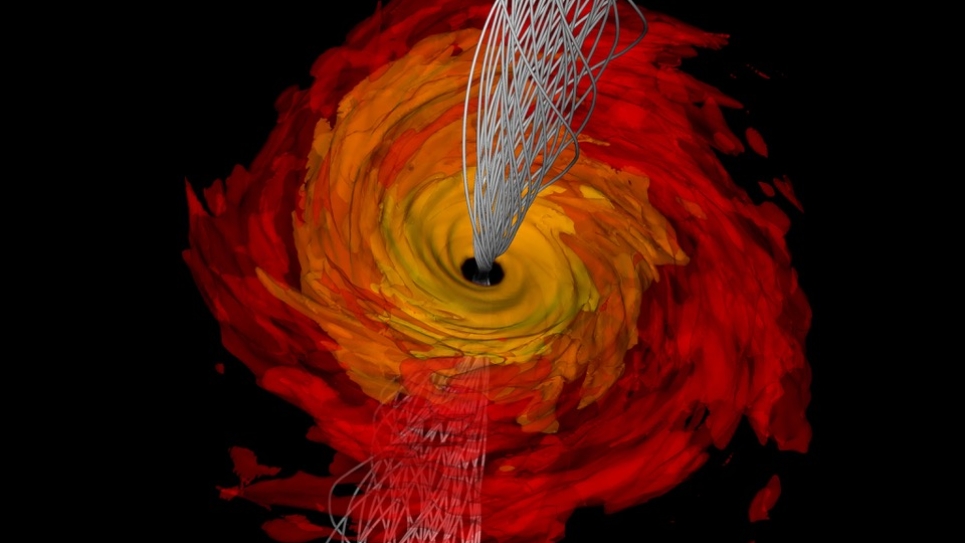There are four fundamental forces, or interactions, in Nature: the familiar gravity and electricity and magnetism, and the less familiar weak and strong forces. These forces (excluding gravity), along with all of the known fundamental particles, form the Standard Model (SM) of particle physics, our most basic theory. The SM is one of the greatest achievements of Science, yet physicists know it is incomplete. This has led to a worldwide challenge, the search for new physics, or extensions of the SM.
The magnetic moment of the muon, which acts like a tiny compass needle, is a sensitive probe of the SM and its possible extensions, which may include undiscovered particles, or even new forces. Physicists have measured, to incredible precision (0.54 ppm), how the muon wiggles, due to its moment, when placed in a magnetic field. Theorists have calculated what the moment should be, to even better precision, but the two don't quite agree.
To tell whether there must be new physics, or not, a new experiment will be done soon at Fermilab (and hopefully at J-PARC in Japan). But for the new comparison to be successful, the theory must improve too. The biggest uncertainty comes from the hadronic contributions, arising from the strong force, also known as quantum chromodynamics (QCD). To solve QCD with the required precision takes enormous compute resources. The aim of this project is to calculate the so-called hadronic light-by-light scattering contribution, using a numerical framework called Lattice QCD to solve the underlying quantum field theory.


